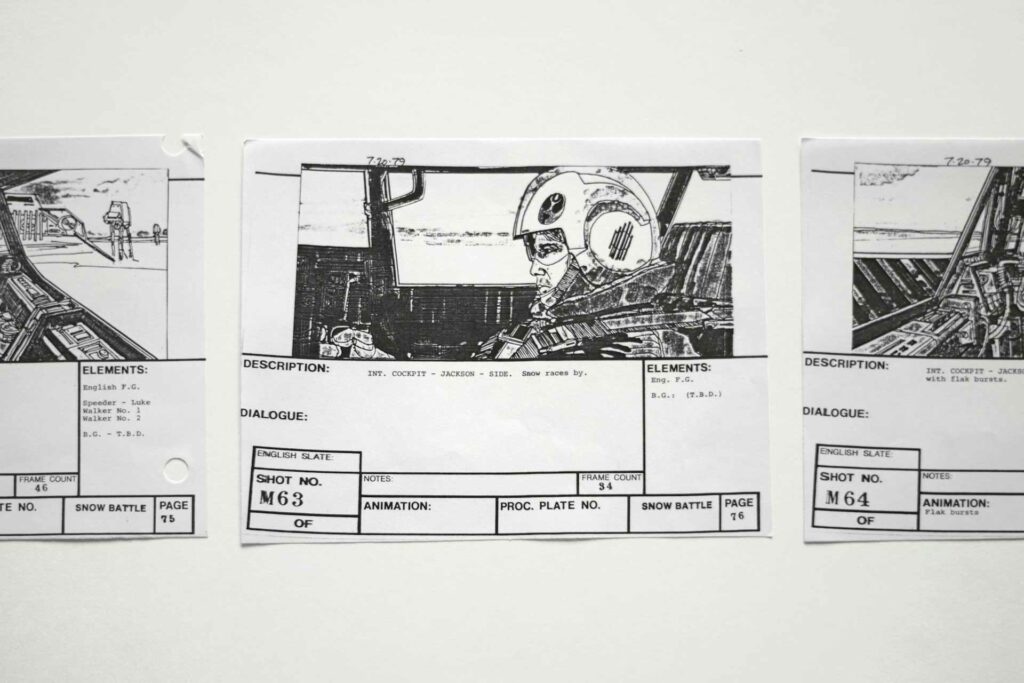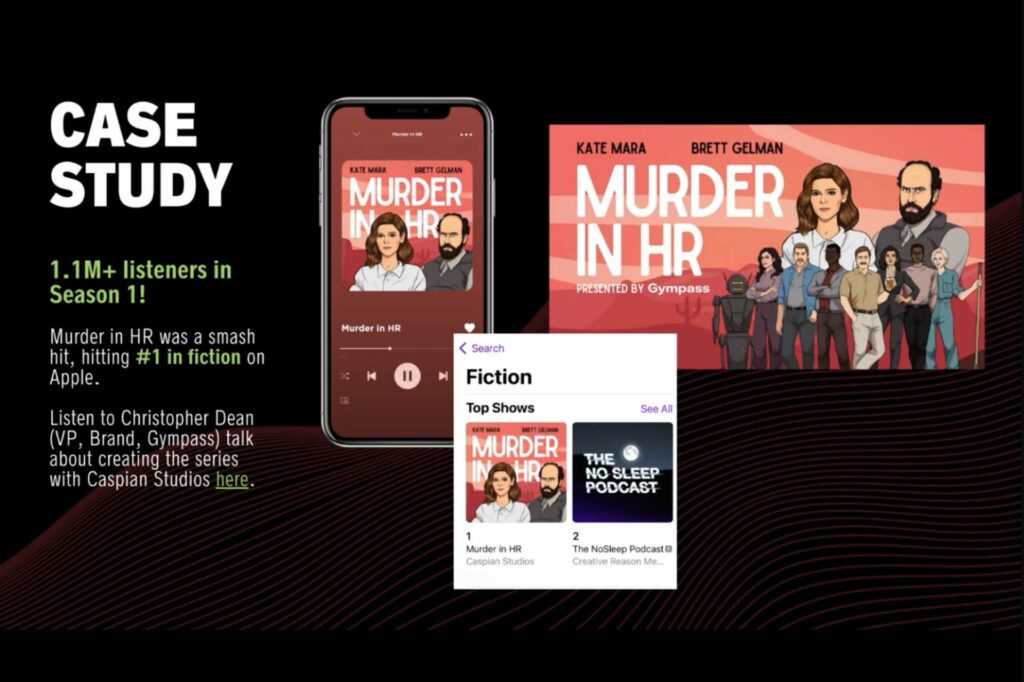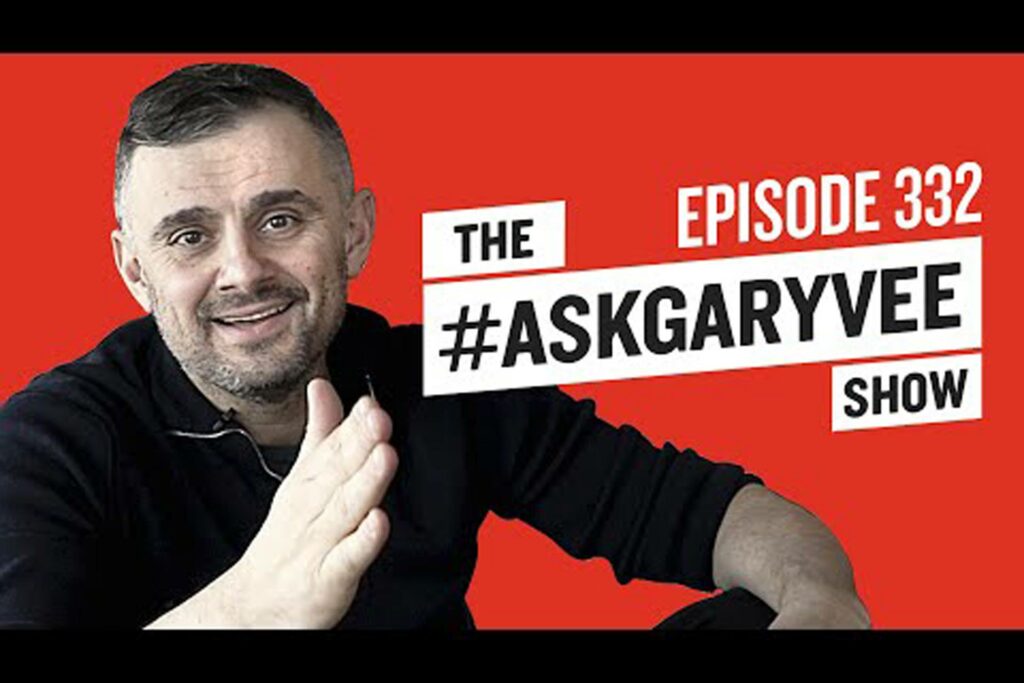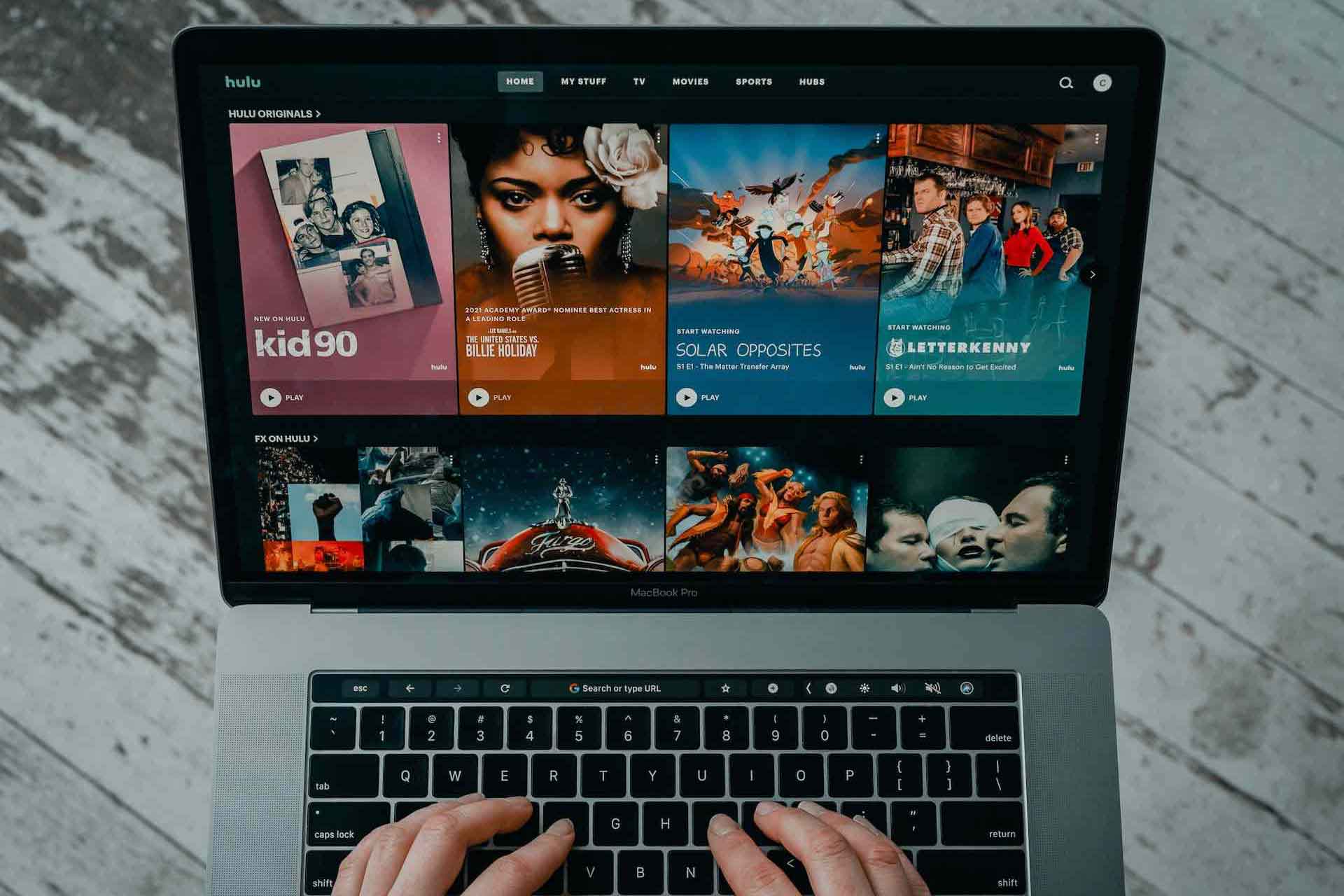Do you have at least two apps on your smart TV: Hulu, Amazon Prime, Netflix, HBO Max, Disney+, or AppleTV? If you’ve answered yes, you’re probably aware of the influx in episodic content. People are guzzling shows and watching entire seasons in one weekend.
Imagine if people paid that much attention to your marketing efforts. You already feel like you’re wasting time and money boosting social posts to get more likes and impressions, but no real conversions. What if your audience spent more time with your organization, deepened their connection to your brand, and became advocates? Let’s explore how to utilize episodic content to amplify your company's impact.
Table of Contents
What is Episodic Content Marketing?
Episodic content marketing breaks down your content into bite-sized, engaging pieces, much like a series. Think of it as a show for your brand, with each episode leaving viewers wanting more. In addition, there’s also a term called serialized content you may see floating around. The difference between episodic and serialized content is that the latter follows a main story arc that builds over time. Think of The Simpsons (Episodic) vs This Is Us (serial).
Whether you produce episodic or serial content matters less than creating splurge-worthy content that positively impacts your organization's overall sentiment, perception, and value. By doing so, you’re building brand loyalty. But splurge-worthy content doesn’t start with production—it starts with clarity. Holistic organizational storytelling helps you define the deeper narrative your audience will want to binge, not just browse.
Episodic Content Types:
- Podcast
- Video Series
- Written Series
- Event Series
Business Goals for Creating Episodic Content
- Nurture leads and boost funding
- Increase audience loyalty
- Deepen thought leadership
- Build brand awareness
- Streamline content creation
Episodic content can increase audience/customer lifetime value by up to 30%. This means your audience who engage with your episodic content are more likely to convert initially and tend to stick around and spend more with your brand over time.
Why Episodic Content is Helpful for Environmental Organizations

There’s a huge opportunity for episodic content about environmental storytelling. Shows like Planet Earth III reached 10.6 million views. People are interested in emotive storytelling about our planet and climate change.
However, environmental nonprofits or renewable energy companies face the challenge of producing episodic content. Producing episodic content is like meal prepping for the week. It requires a significant amount of upfront time and potential expenses (depending on your show). Moreover, it can be seen as unnecessary when you can focus on other communication methods, which are more piecemeal approaches that only last a day. In both options, you’re fed, but episodic content is more effective for audience building.
At BairStories, we’re developing our own episodic content to build an audience with shared values. By providing consistent value and edutainment, you create a community around your brand that keeps people returning for more.
- Increased Engagement: Episodic content keeps your audience returning, fostering a deeper connection with your cause.
- Stronger Advocacy: By telling compelling stories, you inspire your audience to become advocates for your mission.
- Efficient Content Use: Repurposing episodic content saves time and effort, maximizing your reach and impact.
How to Create Effective Episodic Content?

Adopting episodic or serialized content marketing strategy is for the brave ones. It requires capital and patience.
01. Develop a plan:
Answering these questions will ensure that your content is effectively an original concept only your organization can create and resonates with your audience.
- Determine the goal of your show or event series.
- Find a niche target audience.
- Determine what brand value you are trying to convey.
02. Create Show Series:
Plan to batch everything to save time. Write all the scripts simultaneously and film all your episodes over a day or two (if possible, depending on your show). Interview shows are great for batching recordings.
03. Keep it shortish:
You want your episodic content long enough to explore a topic or tell a complete story. Aim for episodes that are 10-15 minutes in length. This will help with our next step, repurposing content.
04. Repurpose Content:
With your content in hand, it's time to create a home for your series. Ideally, these will live on your website to lure people to you using a product like Wistia Channels or Vimeo Showcases. Use social media to share your teasers, trailers, pull quotes, and behind-the-scenes clips.
05. Measure success:
Finally, measuring the content's success is essential. This can be done by tracking views, engagement, conversion rates, and, most importantly, time spent with your content. By measuring success, nonprofits can refine their content strategy and improve their episodic content's effectiveness. Track the following:
- Time watched
- Search volume
- Number of subscribers
- Number of engaged regular users
- Amount of content consumed per user
- Mentions on social media with positive sentiment
- Numbers of views and impressions
If you're curious about using episodic content marketing to create splurge-worthy videos, check out Wistia's dope playbook.
Case Study: Murder In HR

Murder In HR is a podcast by Wellhub (formerly Gympass) about a group of HR co-workers tasked with finding a killer. This show was #1 in fiction on Apple, with more than one million listeners. You might be thinking, that’s cool, but our team will never do something like that. But could you do something like the next case study?
Case Study: #AskGaryVee Show

The #AskGaryVee Show features Gary offering surprising, often outrageous, and imminently useful and honest answers to everything you’ve ever wanted to know. This show was later turned into a book.
Can your company do something similar? Not talking about your services or products, but around your values? For example, if you’re doing comms for your solar installing company, could you start an interview show about how solar energy helps local communities? If you’re an environmental nonprofit cleaning waters, could you make a show that interviews kids about their enjoyment in the lakes?
The possibilities for storytelling are endless. Make a show that explores a theme, highlighting your organizational values instead of your product or services.
According to Why America Gives, a donation report, "many donors are passionate about making an impact but find it challenging to identify an organization that matches their values." Leading with your values makes it easier to connect with an audience that shares your beliefs and desires. Don't fret about not showing your impact; there's a time and a place for that along your audience journey map.
Episodic Content Flows From Your Storytelling Infrastructure
Episodic content marketing is a powerful tool for engaging and educating audiences. By leveraging the science of storytelling and behavior around splurge-watching shows, your organization can market like media companies. With the proper planning and execution, episodic content can be a powerful addition to your communications and funding efforts. But don’t rush into production without a clear foundation. A storytelling infrastructure and system is the first step to ensure your episodic content doesn’t waste money.
Ready to Connect Deeper?
Read How to Build Powerful Relationships Through Content Marketing for content-driven strategies.
